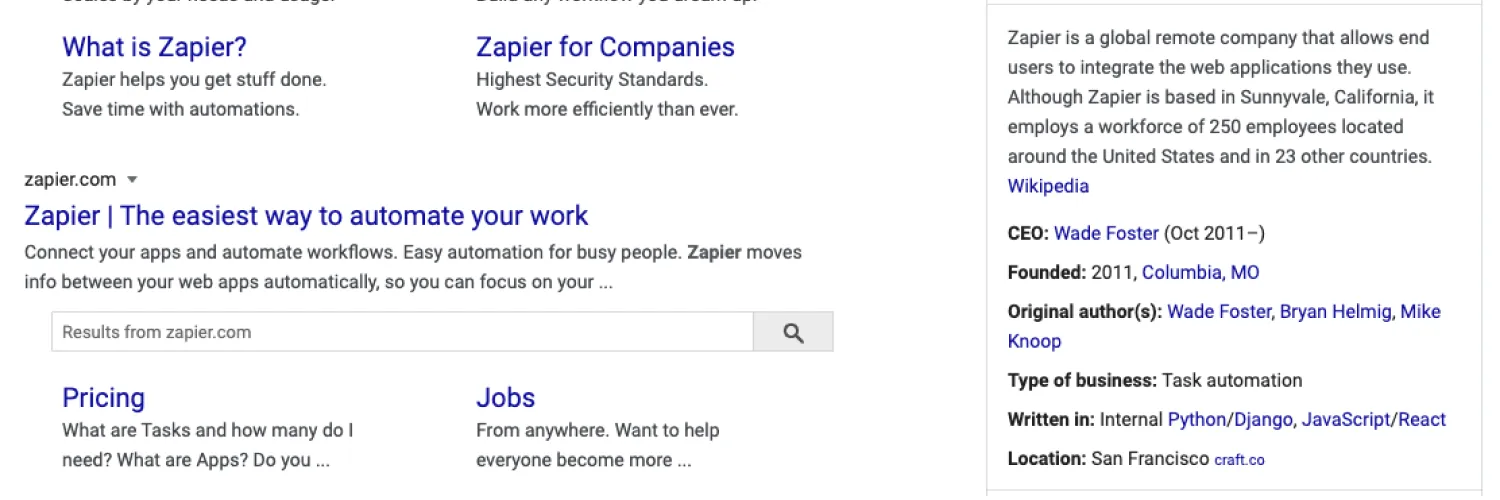Understanding Rich Snippets
Rich snippets are enhanced search results that provide additional information about a webpage, making it more appealing to users. These snippets can include star ratings, product prices, event dates, and more. For small businesses, optimizing for rich snippets is crucial as it can significantly improve visibility on search engines and drive more traffic to their sites.
Why Small Businesses Should Care About Rich Snippets
For small businesses, standing out in search results is essential. Rich snippets can help achieve this by:
- Increasing Click-Through Rates: Enhanced search results attract more clicks, leading to higher traffic.
- Improving User Experience: Providing additional information helps users make informed decisions quickly.
- Building Trust: Ratings and reviews presented in rich snippets can enhance credibility.
Key Elements of Rich Snippets
To optimize for rich snippets, small businesses should focus on several key elements:
- Structured Data Markup: Utilize schema.org vocabulary to help search engines understand the content context.
- Engaging Content: Create high-quality content that answers user queries effectively.
- Visual Elements: Incorporate images and videos where relevant to enhance engagement.
Implementing Structured Data Markup
Structured data markup is the backbone of rich snippets. It helps search engines interpret your content correctly. Here’s how small businesses can implement it:
{
"@context": "https://schema.org",
"@type": "Product",
"name": "Example Product",
"image": "https://example.com/image.jpg",
"description": "This is a description of the example product.",
"brand": {
"@type": "Brand",
"name": "Brand Name"
},
"offers": {
"@type": "Offer",
"url": "https://example.com/product",
"priceCurrency": "USD",
"price": "29.99",
"itemCondition": "https://schema.org/NewCondition",
"availability": "https://schema.org/InStock"
}
}
Implementing this JSON-LD structured data will help search engines display relevant information about your products in rich snippets.
Content Creation for Rich Snippets
Creating content that is optimized for rich snippets involves understanding what users are searching for. Here are some strategies:
- Identify Common Questions: Use tools like Google’s "People Also Ask" to find popular queries related to your industry.
- Use Lists and Tables: Organizing information in lists or tables can make it easier for search engines to extract and display your content as a rich snippet.
- Write Compelling Meta Descriptions: Ensure your meta descriptions are engaging and relevant to encourage clicks from search results.
Chart: Common Types of Rich Snippets
The following table outlines common types of rich snippets and their respective content types:
| Type of Rich Snippet | Content Type | Example |
|---|---|---|
| Product | Product details | Price, availability, reviews |
| Recipe | Cooking instructions | Ingredients, cooking time |
| Event | Event details | Date, location, ticket information |
| Article | Blog posts or news articles | Author, publication date |
Monitoring and Adjusting Your SEO Strategy
Once you have implemented structured data and created optimized content, it’s essential to monitor the results. Use tools like Google Search Console to track how your rich snippets are performing. Look for:
- Impressions: How often your rich snippets appear in search results.
- Clicks: The number of users clicking through to your site from the rich snippet.
- Position: The ranking position of your rich snippets in search results.
Based on the analytics, adjust your strategy as needed. This could mean refining your structured data, updating content, or even experimenting with different types of content to see what resonates best with your audience.
Conclusion
Optimizing for rich snippets can significantly benefit small businesses by enhancing visibility and improving user engagement. By focusing on structured data markup, creating high-quality content, and continuously monitoring performance, small businesses can leverage rich snippets to gain a competitive edge in the digital marketplace.





